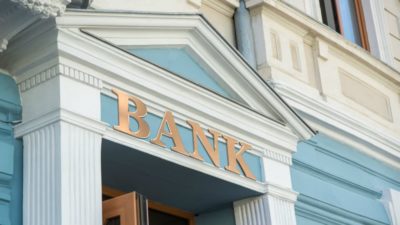The guessing game is on regarding the timing of the first interest rate hike by the Bank of Canada (BoC) in 2022. Michael Gregory, deputy chief economist at BMO, see the Feds holding off the hike until April. However, Silvana Dimino, an economist at J.P. Morgan, expects the interest rate hike to happen on January 26, 2022.
Royal Bank of Canada CEO David McKay wants the central bank to deal with the permanent, sustained inflation. It can bring inflation under control through a series of rate increases to address it.
National Bank of Canada is highly critical of the BoC’s moves. Canada’s sixth-largest bank said that the central bank jeopardizes economic recovery by maintaining a loose policy.
Rate hikes to curb inflation
Bank of Nova Scotia (TSX:BNS)(NYSE:BNS), through its chief economist Jean-François Perrault, said the current inflation isn’t transitory. Perrault forecast eight rate hikes to curb it. The bank’s outlook in December 2021 read, “If inflation rises more rapidly than we expect, we may need to forecast an earlier tightening along with a potentially higher 2023 endpoint.”
The target interest rate of RBC and CIBC by year-end 2022 is 1%, while TD, BMO, and BNS forecast 1.25%. National Bank has the highest target with 1.5%. The big banks forecast the year-end 2023 rate to be 1.75%, except for BNS. Canada’s third-largest bank predicts a high of 2.25%.
Inflation affects everyone
Inflation raises prices and erodes, if not reduces, the average person’s purchasing power. The latest actual reading (November 2021) in Canada was 4.7%, and the consensus estimate for January 19, 2022, is 4.8%. Thus, expect to spend more to get the same things you usually buy.
Fortunately, Canadians have ways to counter or lessen the impact of inflation. Traditionally, stocks are among the top inflation hedge asset classes. Right now, BNS and BTB (TSX:BTB.UN) are reliable, generous passive-income providers. The dividends from the stocks can serve as your financial cushion during the inflationary period.
Passive-income streams
BNS announced in late November 2021 a dividend hike of 11% and the repurchase of $2.1 billion worth of shares. Investors will enjoy the first enhanced dividend payment on January 27, 2022. The stock trades cheap at $92.29 per share and pays a 4.34% dividend, the highest among the big banks.
Brian Porter, BNS president and CEO, said, “Our diversified business model demonstrated its resilience through the pandemic.” He assured investors that the $112.19 billion bank is well positioned to achieve its full earnings power in fiscal 2022.
BTB is the perfect second-liner to BNS. At only $4.05 per share, the dividend yield is a hefty 7.41%. A $25,000 position would produce $1,852.50 in passive income. The $292.83 million real estate investment trust (REIT) owns and operates office, retail, and industrial properties.
According to management, BTB’s portfolio continues to be stable across all asset classes and geographic regions. The REIT collected more than 99% of its rents or 99.2% of the cumulative rents for 2021. It boasts a high-quality tenant base that includes Canada’s public works and government services.
Create cash inflows
Consumer prices are rising at the fastest pace in decades. Since wages are unlikely to keep pace, beat inflation in 2022 by creating cash inflows.









